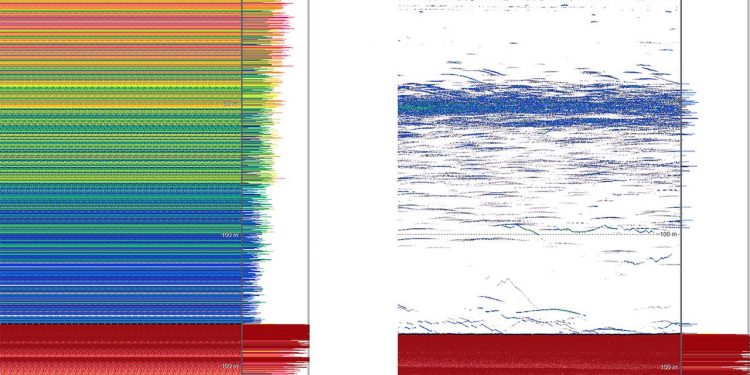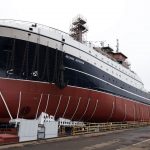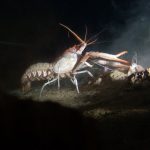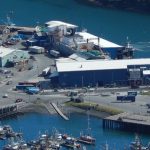The EK80 echo sounder family is part of Kongsberg Discovery’s portfolio of monitoring and measuring tools and is used for all types of ocean research.
This has historically been used primarily for biomass assessments, but the instruments are seeing increased adoption for other biological, physical and chemical oceanography applications. An EK80 vessel-mounted system typically comprises six transducers operating at different sound frequency spectra, matched with transceivers, software, and planning tools. The transducers are calibrated to give highly accurate, quantitative metric values of application targets.
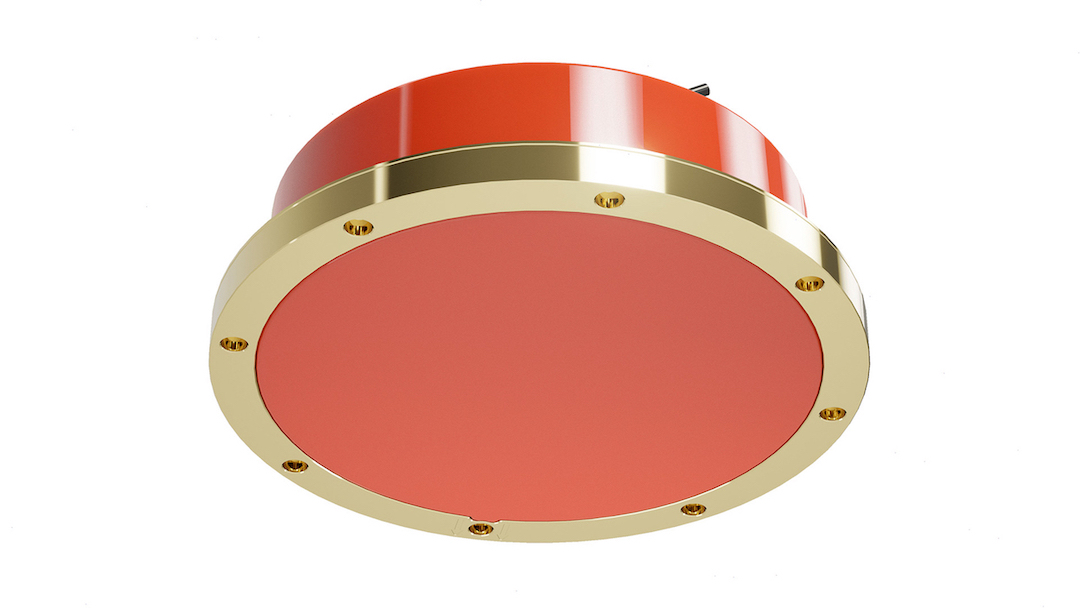
Kongsberg Discovery’s new ES18-11 MK2 transducer widens the operational frequency spectrum of its existing ES18 split-beam transducer from 18kHz to at least 14 to 22kHz, increasing the resolution of the data as well as providing more information for target identification from this frequency band.
The development project also led to an improvement in transducer element design, which means that the transducer can be used for both shallow and deep water measurements.
‘The ES18-11 MK2 further enhances the EK80’s overall performance and brings us one step closer to uncovering the mystery of the oceans. It is an important innovation that we are certain will contribute to increasing knowledge of ocean biology, physics and chemistry, in line with UN SDG 14 Life Below Water,’ said Lars Andersen, VP Ocean Science at Kongsberg Discovery.
The core application of ESI8-11 MK2 remains the identification of biological targets. The 18kHz transducer is already common on most research vessels, but the wider bandwidth of ES18-11 MK2 can reveal the much richer biological diversity actually present. Findings can be used to fingerprint what species are present, and thus uncover components of the food chain in that area.
‘Any fish stock that is commercially fished must have a management plan, and the MS18-11 MK2 will help to generate more holistic ecosystem assessments so that authorities can make better stock management decisions,’ Lars Andersen said.
Understanding ocean ecosystems in the mesopelagic zone (roughly from 200 to 1000 metres), home to the planet’s largest biomass of fish and marine organisms, is a growing field in oceanography and ocean management. With its expanded frequency, the ES18-11 MK2 can be used to quantify marine life through the entire water column, divulging size and quantity of targets in the ‘Ocean Twilight Zone’.
Increased understanding of the mesopelagic ecosystem is essential to govern potential future harvesting of what is effectively the largest unexploited resource left in the world’s oceans, with a recent global biomass estimate of around 10 billion tonnes. Deep sea mining might also influence through discharge of sediments midwater, which further enhance the importance and urgency to understand these ecosystems.

